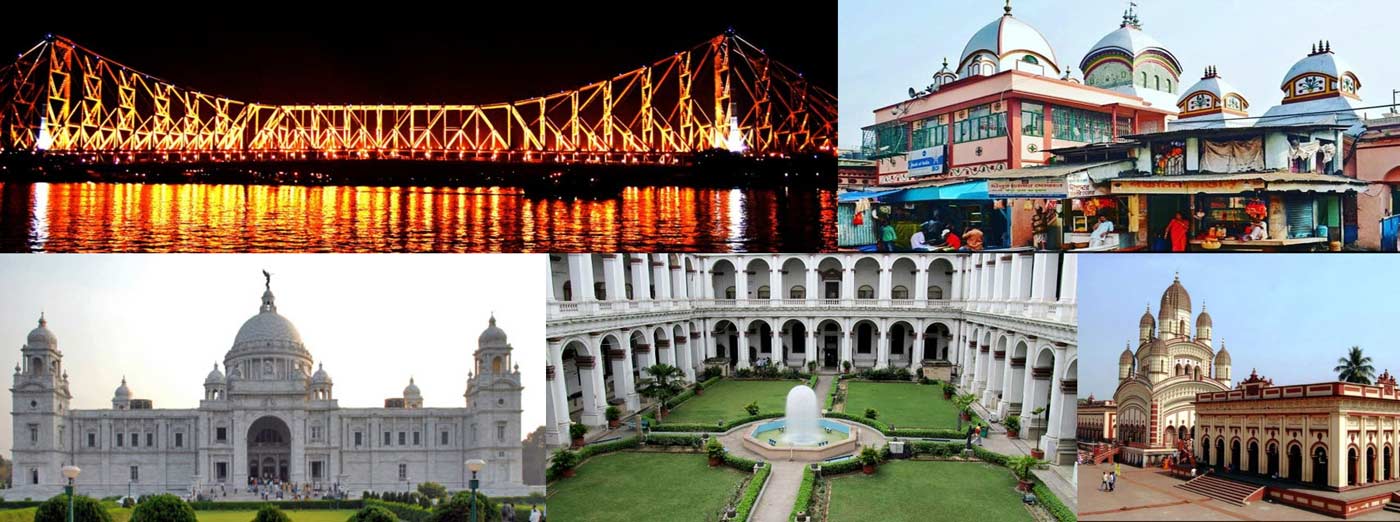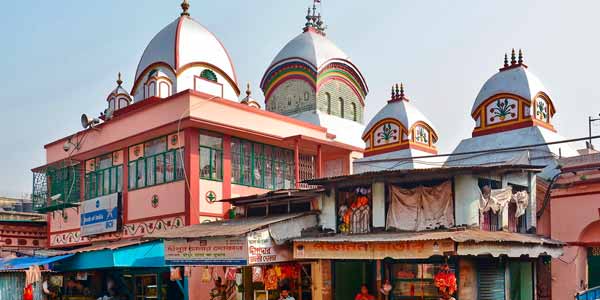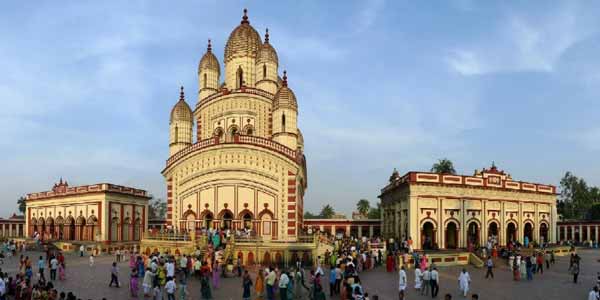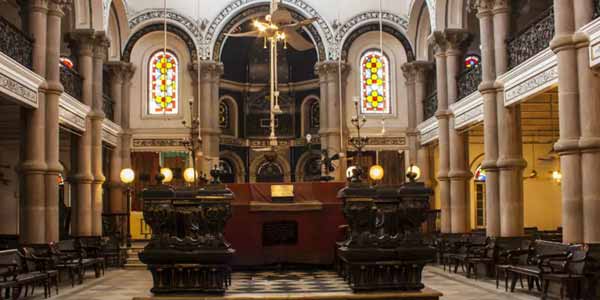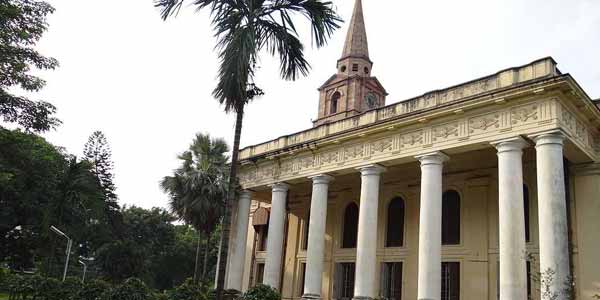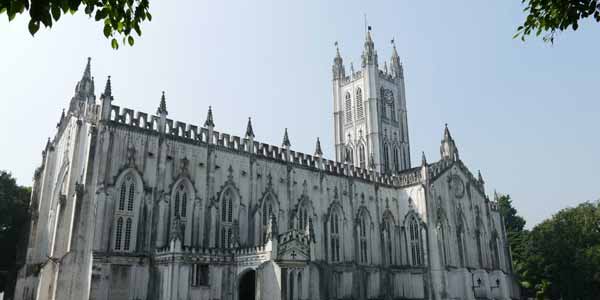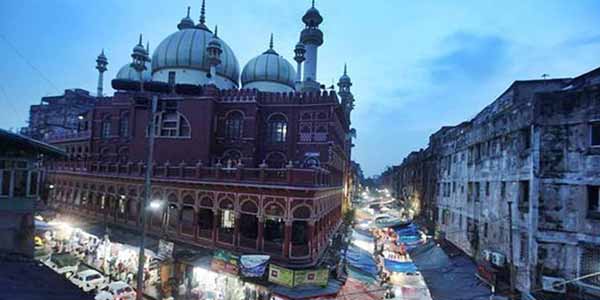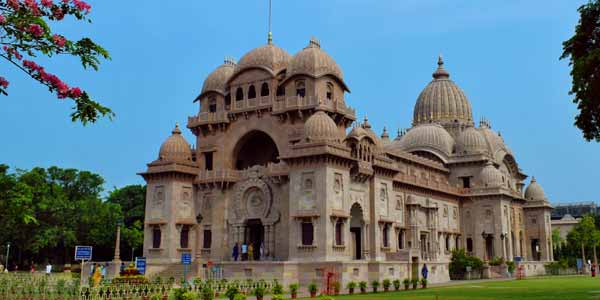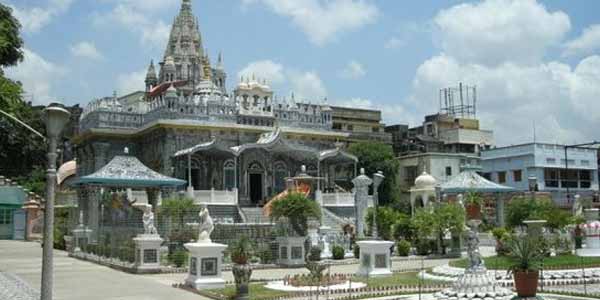
St. Paul's Cathedral
St Paul’s Cathedral is acknowledged as the first Episcopal Church of the eastern world. It is an Anglican cathedral of the Church of North India. Besides, being a religious site, the cathedral is also an architectural marvel. St. Paul’s Cathedral is 247 feet in length, 81 feet in width and 114 feet at transept. The flagstaff rises to a height of 175 feet above ground level. The St. Paul’s Cathedral took eight years to be built at a whopping cost of Rs. 5 lakhs (Five Hundred Thousand rupees) and was finally consecrated by Bishop Wilson on 8th October 1847. The cathedral’s tower is modeled on the “Bell Harry” tower of Canterbury Cathedral and the cathedral overall resembled England’s Norwich Cathedral with three Gothic stained glass windows and two frescoes in Florentine Renaissance style. You would also find a library above the western porch with a modest collection of Bishop Wilson’s collection and a marble bust of the Bishop. There are several sculptures and memorials like the “Episcopal Throne” and an ornamented wall – Reredo, carved with incidents from the life of St. Paul.
History of St. Paul’s Cathedral, Kolkata
St. Paul’s Cathedral of Kolkata is recognized as the first Episcopal Church of the Eastern World. The construction of the church was initiated under the benefaction of Bishop Daniel Wilson in 1839 and was completed in 1847. The church has been built in Gothic Revival style, featuring slender vertical piers and vaulting and pointed arches. The credit for the exquisite design of the cathedral goes to a military engineer Major William Nairn Forbes, who was assisted by C.K. Robinson. The cathedral was severely damaged during the great earthquake of 12th June 1897, when the upper part of the steeple fell, to be restored later but it was completely destroyed in the earthquake of 1934, after which the tower was constructed in place of the spire.
This Anglican cathedral of the Church of North India is a part of the Anglican Communion of Kolkata, West Bengal. The main hall of the cathedral is beautifully admired with exquisitely carved wooden church chairs and benches. Serenity and tranquility is the very essence of the entire premises of the church.
St. Paul’s Cathedral is also acknowledged as an architectural treasure. The cathedral set amidst huge grounds is flanked with a number of ancient trees. The interior of the church truly offers a visual splendor with outstanding floral designs on the walls. Life and work of St. Paul is vividly depicted in pictures.
Religious Places in Calcutta
Religious Places in Calcutta, India’s second-largest city, located on India’s Eastern Coast, boasts of being an artistic, cultural and intellectual capital of the country. Its streets and bylanes are vivid, hectic, chaotic, and yet, brimming with life and creativity, and soaked in layers of heritage and culture. The city served as the erstwhile capital of the British empire before the government was shifted to Delhi, and thus features a unique touch of its royal past lingering in every nook and cranny. The metropolitan city is famous for its vibrant cultural and historical places and ethnicity and is a divine hub for innumerable temples, many of which are extensive pilgrimage sites.
 +91 9799050299
+91 9799050299 